In a press-release from Intel today they have announced more details on what we know as Moorestown; the low-power computing platform that should take Intel to the historical moment of enabling an X86 mobile phone. The two-component platform will implement the Z6XX processing unit (was Lincroft) containing Atom-based CPU, GPU, 1080p video decoders and 720p encoder, and the MP20 ‘Platform Control Hub’ (was Langwell) alongside a power control module that has previously been referred to as Briertown.
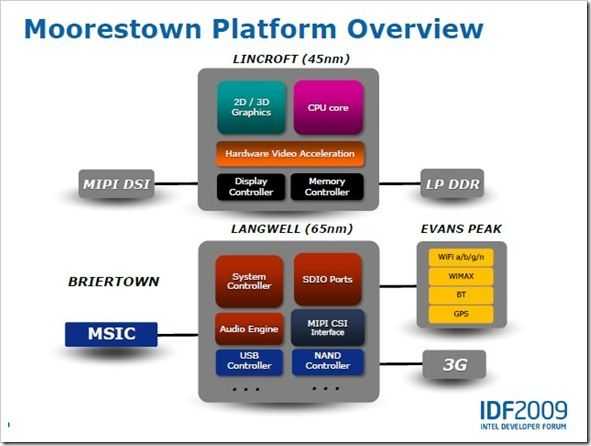
Moorestown. As seen at IDF 2009.
Our analysis of Moorestown can be found here.
Details in the press release highlight much of what we have gleaned before but there are two very interesting bits of additional info. First the summary…
Collectively these new chips deliver significantly lower power including >50x reduction in idle power, >20x reduction in audio power, and 2-3x reductions across browsing and video scenarios all at the platform level when compared to Intel’s previous-generation product1. These power savings translate into >10 days of standby, up to 2 days of audio playback and 4-5 hours of browsing and video battery life. When combined with 1.5-3x higher compute performance, 2-4x richer graphics, >4x higher JavaScript performance, and support for full HD 1080p high-profile video decoding and 720p HD video recording, these low-power innovations bring a rich, PC-like visual experience to powerful handheld computers.
In effect you’ve got a platform that halves the power profile of the previous generation platform while introducing new features that enable lower power states and power control over individual CPU sub-modules know as power islands. That will bring the average platform utilization down to 1W levels (in-use) which, if you’ve done any MID-style activities on a smartphone lately, means it’s in the same ballpark as modern smartphones. Intel’s ‘4-5 hours’ browsing figure is based on using a 5.5wh battery (1500mah single-cell) with all the usual power-hungry components like screens and radios.It’s unlikely to beat the battery life on the best smartphones but there’s another twist here. Turbo!
These power management capabilities, when combined with Intel® Burst Performance Technology for high-performance on demand, and Intel’s Bus Turbo Mode for high-bandwidth on demand, help to deliver industry leading performance and power efficiency across a range of handheld devices.
So if you add the low-power idle features with the turbo modes you’ve got a platform that spans a wide range of uses. The smartphone version of the Z6 is going to be able burst to 1.5Ghz [We’ve heard that it nominally runs at 600Mhz] and there will be a higher-power version that will burst to 1.9Ghz and could make a sweet sweet MID, or ‘smart’ computing platform.
All this new technology is going to need a new operating system and that’s what Moblin was for. Intel built Moorestown and Moblin in parallel so that they would dovetail together. Don’t expect Windows to be running on these platforms.
Of course, Moblin is migrating into MeeGo (where it will support two competing architectures; X86 and ARM) but there’s another OS mentioned here. Android.
Why would Intel mention Android and not Windows? Probably because they are working with Google on a X86 version of Android that would slot in well here. Remember, Intel are members of the OHA, the organisation that brought you Android. There’s been no formal announcement on Android yet but Intel are not exactly trying to keep it a secret. How that will sit with MeeGo is anyone’s guess but it does give Intel an important second-string to their bow.
Update from the fact-sheet: “Intel has worked with Google over the past few years and is providing support for the Android platform at launch”
Fact-Sheet (PDF)
Here’s a video of Android running on a Moorestown smartphone from MWC in Feb.
Additional info: What Moorestown Means for Consumers.
One last thing to mention is that Intel are now happy to talk about tablets in their PR again. It seems that the old days of hopeless ‘tweener’ UMPCs are behind us now! Personally I think there’s more potential in social netbook-style devices than tablets but that’s another story.
We’re meeting Intel at Computex next month (as an Intel Insider I’ve been invited to Computex) where I’m sure we’ll hear about launch dates, devices and a whole lot more so stay tuned. The only problem is, does all this belong on UMPCPortal, the productivity-focused mobile devices website, or Carrypad, our sister website devoted to consumer internet devices? Moorestown has the potential of spanning both and that’s exactly the big story here.
Update: I’ve posted some more analysis of the Operating system options here.
Lots more Moorestown reading under our ‘Moorestown’ tag.
Source: Carrypad


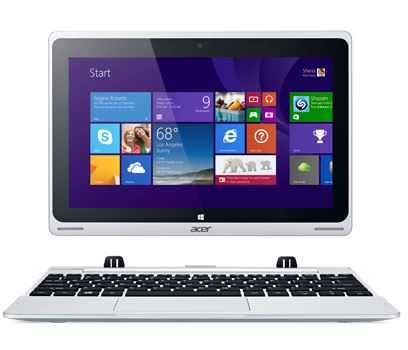
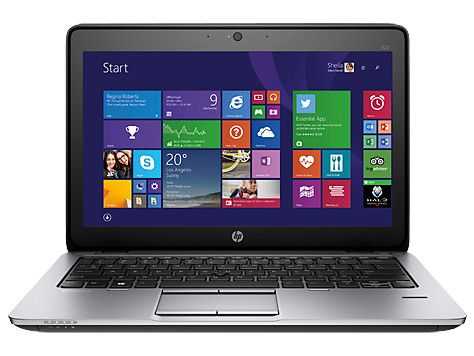
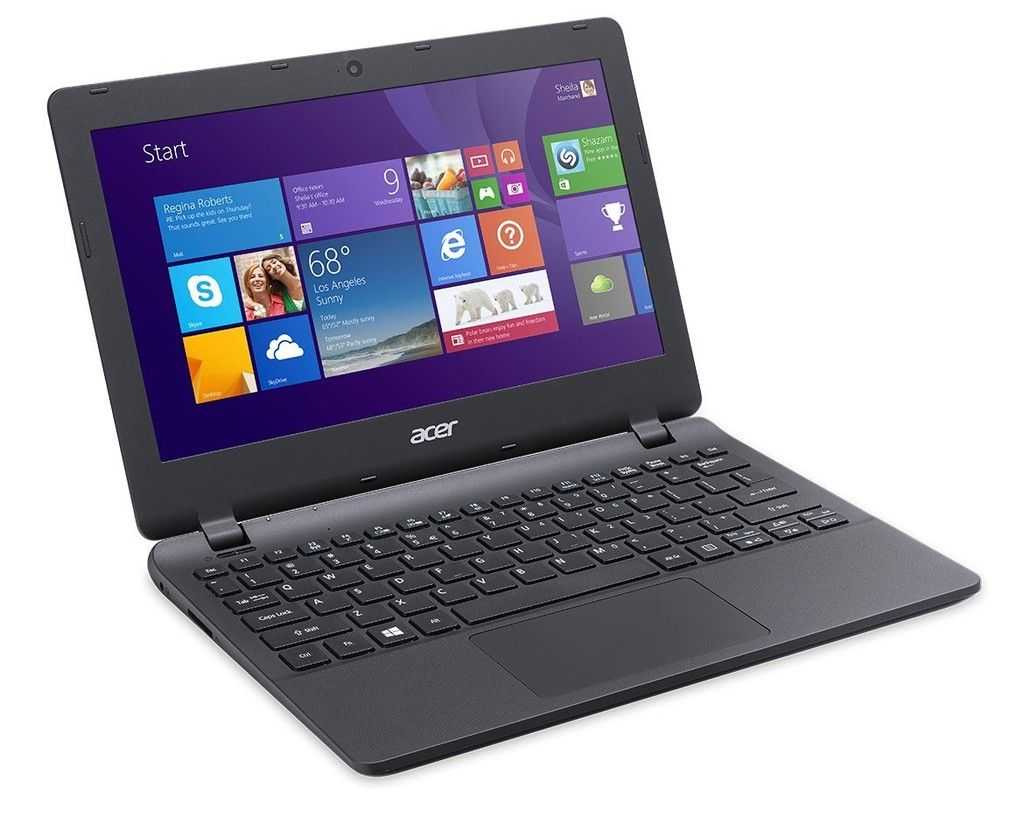

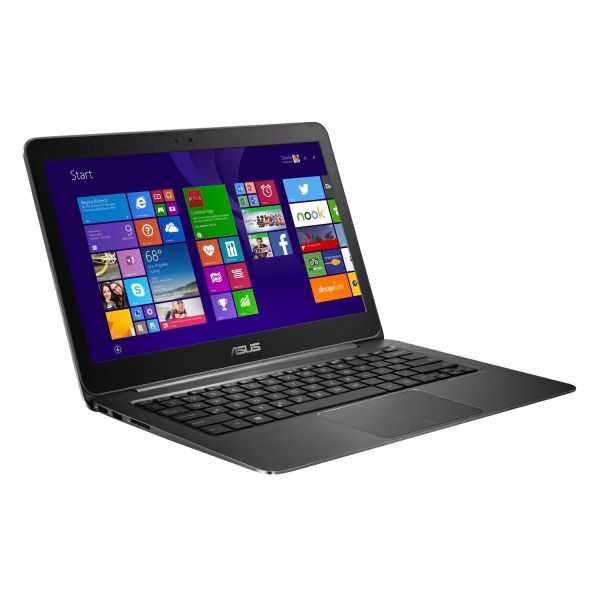


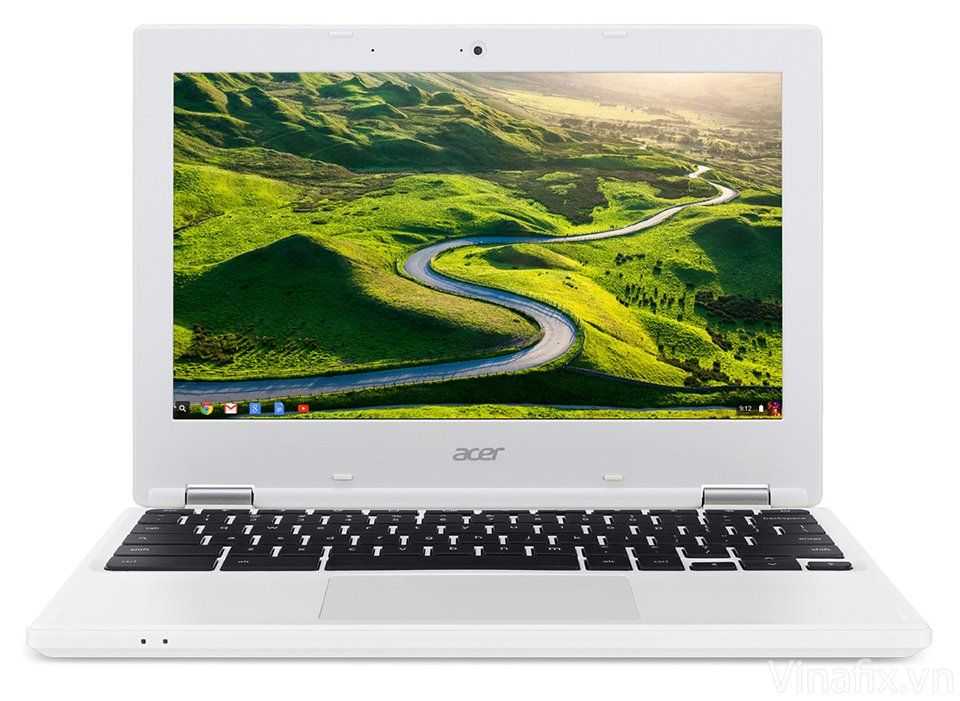
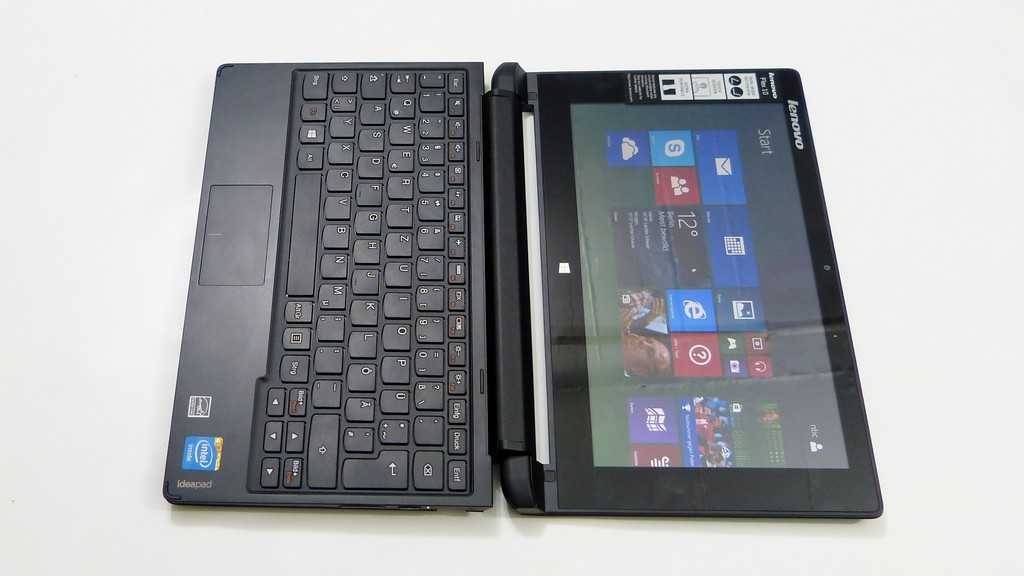
New article: Intel's Smartphone Platform and Atom Z6XX Unveiled with 1.5Ghz, Android and MeeGo Capability. Analysis. http://bit.ly/amMHUX
Intel’s Smartphone Platform and Atom Z6XX Unveiled with 1.5Ghz, Android… http://goo.gl/fb/c7ssq http://j.mp/findmore
Intel’s Smartphone Platform and Atom Z6XX Unveiled with 1.5Ghz, Android and MeeGo Capability. Analysis.: In a pres… http://bit.ly/b7YhSa
Intel and Google have been working on Android. It's available for Moorestown (x86) at launch. http://bit.ly/b9Bx4S
Get ready for a much faster Android platform…x86 chips are coming! Zomg, buh-bye iPhone. http://bit.ly/dgcefG
ARM’s advantage is not only a question of performance per milliwatt and price, it’s also mostly about it being a processor technology licenced by a multitude of processor makers. More makers of processors means lower prices, means more diversification. When manufacturers that make these devices have a lot of choices for the components that they can use, it helps bring prices down, it helps bring a more diverse set of hardware designs to the market.
While I can’t know Intel’s next generation performance and price, my guess though is that while they can probably bring something with their billions in R&D, it’ll likely still not be able to match the work done by the dozen huge ARM makers all combined. As ARM is just a core set of processor IP, but that lots of work is done on top of that by TI, Marvell, Qualcomm, Samsung, ST Ericsson, Nvidia, VIA, Broadcom, even AMD-spin-off Global Foundries is investing Billions in differentiating their way of doing ARM Cortex A9 multi-core using High-K Gate, 28nm process and more.
Sure Intel has lots of money and engineers in R&D, but one must question the motive of that R&D, I think it’s more about Intel wanting to stay in control of bulk of certain product categories than it really is about much improving access to computing and value for consumers.
I don’t really care about how much money is spent on it or how many companies provided work for it. It doesn’t matter what motives the company has either. I’m just going to get the one that has the better power to battery life ratio. As long as the device costs less then 2 times its competitors.
It’s not like the varying ARM CPUs from company X is all that different from company Y, (from what I’ve read anyway). If a company does do something significant in their ARM implementation, it’s not like they’ll be sharing their work (look at AMD and Intel). So small company X’s work won’t benefit small company Y. If anything, Intel moving into this area will provide more competition.
Anyway, when the time comes for me to buy another small form factor computing device, I’m betting the ARM powered one is going to win out.
“Personally I think there’s more potential in social netbook-style devices than tablets but that’s another story.”
you also could have written consumer devices instead of social-style …. for certain there always had been and will be the “real money” to make. my personal question is another one – will this be done by closed plattforms like apple and some others (news plattforms and editors) or by open platforms. i am interested to see how stupid consumers really are letting themselves enslave digitally more and more.
in this systems capabe of running full os’es might play an important role, as full systems so far were on the open plattform side where all the others drive the closed plattform side sofar.
> Don’t expect Windows to be running on these platforms.
I was visiting this web-site for a very long time and this is the first time when I need to ask a question. What is a point of investing some new x86 platform if it is not (and cannot be) Window compatible? If I cannot install whatever Windows application which I want, then I think I will rather go with ARM and Android.
Actually I’d like to know the same thing. But it might seem strange if Intel would make a change of heart and started to develop their own ARM stuff (again. Not sure how those different platforms work but I guess that Intel doesn’t have the knowhow to make other than x86 well. Although if the chip is x86 there is chance that future versions of windows support it or even windows 7 with some updating from MS. This would also essiantally mean that you could use just one device for office style desktop work and mobile use (not that it would be impossible with ARM if someone made programs for it).
I don’t think they’ll go ARM again. Actually they do seem to manufacture a bit of ARM devices still on their Network products.
Intel is an IDM(Integrated Device Manufacturer), which means they can both design and manufacture processors in-house. Possibly being an IDM strengthens their already formidable process technology advantage. Having an ARM design means there is a limit, but with x86 they can do whatever they need to with the tools that were available for decades.
Where is Windows? If I can’t install Windows 7 on a devices powered by one these then Tegra or Snapdragon is still the way to go. Sorry!
A Windows-capable Version is Coming but the Problem is that Windows doesnt know about the New Löw Power States. The power savings and idle states wont be anywhere near as effective. Oops. I was writing with German language correction on.
The windows capable version isn’t going to be nearly as low power capable as the device outlined here, not just from a software standpoint but from hardware as well. It uses the same CPU core but a very different I/O hub that supports SATA, PCIe and a few other goodies that would be of use for windows. These technologies were not designed for low power and will force the chip to spend much less time at idle. It will be lower power than pinetrail though.
As is moorestown doesn’t have hardware windows requires in order to run and that is why intel didn’t mention windows.
Exactly right.
I’ve posted some more clarification here.
http://www.umpcportal.com/2010/05/more-and-more-clarification-on-atom-moorestown-and-operating-systems/
I think loosing windows could be an big handicap for intel-moorestown,it is like instant loosing the big comunity of windows fans and that could make all the diference in the world.
Yes, no Windows = absolutly no point in using x86. Intel better get Microsoft on his side (to support idle detection), and quickly.
It’s clear that Intel wants to market their new MeeGo OS but as some have already pointed out, excluding Windows will make Intel’s low power offerings of little consequence to the smartphone market; dual core ARM SoCs from the likes of Nvidia, Qualcomm and TI will rule the smartphone and tablet market with their lower power consumption and extreme performance. TI’s OMAP4440 will be impressive. Google “TI Blaze Dev. Kit”
If anyone’s looking for Windows XP/Vista/7 in a UMPC/MID form factor, AMD’s Bobcat platform could be the best & closest thing to now.
While everyone is lamenting the possible lack of windows compatibility on this CPU, I would love to see a phone running full mac os (either Apple built, 0.0001% chance of happening, or hacintosh).
But ultimately, what’s the point of running full desktop OSes, which aren’t optimized for touch or low res screens, on a phone? Do you ever see yourselves pecking on an on screen keyboard, typing in MS word, creating powerpoints, or running PC games that need a physical keyboard and a mouse? A dedicated mobile OS with rich multimedia capabilities and ability to install a wide range of applications while running on low-power ARM CPUs would suffice.
You can use an external keyboard and mouse. Viliv S5 and a foldable bluetooth keyboard is perfect for a mobile productivity.
Running a desktop OS is great, because you can run desktop applications you are used to. Also desktop applications are much more advanced compared to any application for mobile OS. There is no way you could replace Firefox, Thunderbird, OpenOffice, GIMP, VLC, Songbird, XnView or Avidemux with a mobile application. I’ve used all these programs on my Viliv S5 and they work perfectly. And there’s one more point – all these applications are free (OpenSource) except of XnView which is freeware for non-commercial use.
There are many reasons why I want a full desktop OS on my MID. It doesn’t have to be Windows though, Linux is also fine and runs all my favorite applications.
Right. And ARM can run Linux, which can then run Firefox and a plethora of other apps. No need for x86 CPUs.
While you can use external keyboards, it defeats the purpose of having a fully multi-functional phone. Requiring extra peripherals just to have a decent web browsing experience really detracts from the user experience. That’s one of the reasons why iPhones succeeded with its great user interface while other smartphones failed.
Intel's Smartphone Platform and Atom Z6XX Unveiled with 1.5Ghz …: In a press-release from Intel today they have … http://bit.ly/a0WPGy
Intel's Smartphone Platform and Atom Z6XX Unveiled with 1.5Ghz …: In a press-release from Intel today they have … http://bit.ly/9wcY3X
I’ve just posted some analysis of the operating system options for Moorestown.
http://www.umpcportal.com/2010/05/more-and-more-clarification-on-atom-moorestown-and-operating-systems/
I have found your page on Bing and found it interesting. Thank you for this entry for first time home buyers. It has really inspired me. I will keep browing around and see what other useful things you have on here. Thanks again!